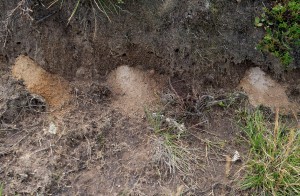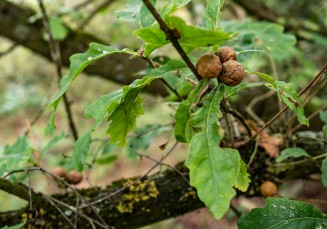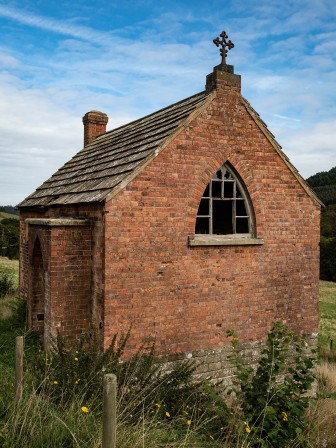The linear dykes of the Tabular Hills of north east Yorkshire are the third largest group in Britain both in area and the number of dykes.
The Scamridge Dykes are the most famous of the North Yorkshire Dykes, they run six abreast in a large curve for almost three kilometers from the scarp edge of Troutsdale south to the head of Kirkdale. Their scale can only really be appreciated from the air. The dykes are thought to be prehistoric in origin, they most probably define prehistoric territorial boundaries
The Cockmoor Dykes also run south from the Troutsdale scarp where as six large dykes. As they run south to Wydale they are joined by another fourteen smaller parallel dykes. The six large dykes are thought to be prehistoric and the additional dykes are thought to be burrowing mounds connected with the large-scale rabbit warrening industry of the eighteenth and nineteenth centuries.
My friend Chris Corner and I took a trip down to the Tabular Hills to have a look at these mighty earthworks. We started by trying to find an embanked pit alignment at Givendale but found nothing apart from dense conifer woodland, debris and deep forestry plough ruts. We moved east to Cockmoor.
The multiple small dykes at Cockmoor, probably the result of commercial rabbit warrening.
One of three round barrows on the margins of the Cockmoor Dykes. The other two barrows have been destroyed by agricultural activities.
The rabbits have all gone. Tiny spoil heaps in the sides of the dyke, probably caused by burrowing miner bees.
One of the six large Cockmoor Dykes running down to the scarp edge overlooking Troutsdale.
A Penny Bun & Oysters
The Scamridge Dykes form a dense mixed woodland corridor across the large open fields.
We dropped down into Troutsdale and come across this beautiful abandoned building. Chris informs me that it is a school house built in 1870

Sources
Linear Earthworks of the Tabular Hills, North East Yorkshire. D.A Spratt 1989















